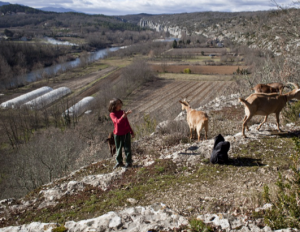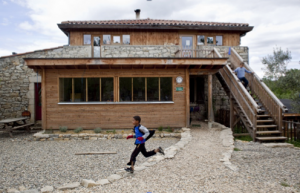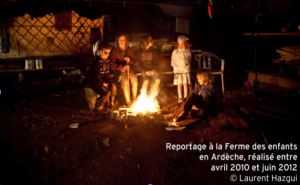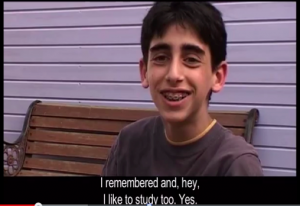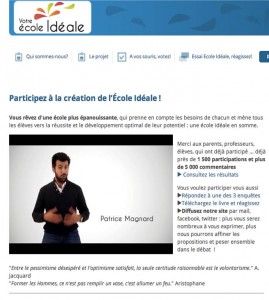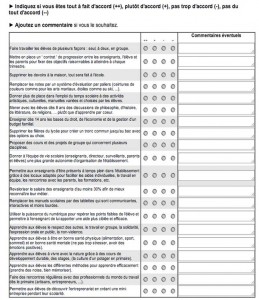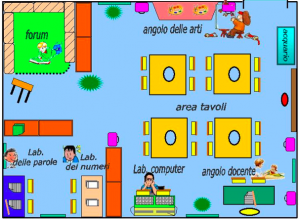By Paul Darvasi, Extraits :
A group of Norwegian high school seniors sit in religious studies class, absorbed by a moral conundrum unfolding in the midst of a zombie apocalypse. Their teacher, Tobias Staaby, is screening a scene from the critically acclaimed video game, The Walking Dead, which depicts a knotty ethical dilemma confronting the group of rag-tag survivors: Supplies are running low and only four food items are left to ration, but there are 10 hungry mouths to feed. Who should eat? The grumpy old guy? The injured teen? The children? The leader?
Once the class reaches a consensus, they have to justify their choice with one of the concepts they’ve learned from moral philosophy. Was their decision guided by situational ethics, utilitarianism or consequentialism? This is one instance of how commercial video games are used at Nordahl Grieg Upper Secondary, a public high school located in the coastal city of Bergen in Norway.
The first obstacle was getting students up to speed with the game’s elaborate interface. This might seem like time away from “real learning,” but studies increasingly support the idea that learning to play a complex game is, in and of itself, a valuable exercise in cognitive calisthenics. To ease the familiarization process, experienced players were strategically grouped with novices, which Husøy observed altered the class’s social dynamic. “Students became more willing to share and collaborate through working with this project. There grew a community spirit that occurs when a group of people are doing something unique together.” This unintended consequence played well into the school’s sociocultural aim of co-constructing knowledge.
“Should we have a large mass and height? Drop 50 kilograms from 50 meters? Oh, the air resistance kicks in – let’s shorten the height,” said Kristofferson, illustrating how his students toyed with the power of gravity. “but the game gives students a different perspective on the laws of physics, where mechanics are simulated by a computer to create a realistic gaming environment.
Staaby also used the post-apocalyptic zombie survival game The Last of Us in his lit class. Critics swooned over its intricate storyline and engaging character development, which his students studied much as they would any traditional work of literature – with a few differences. They played the first eight hours at home, and then completed the game together in class. During class play, Staaby reported that his students applauded, were visibly moved and reduced to absolute silence in the game’s final moments. “These were all events that I could not imagine having happened if we watched a movie or read a novel together.”
The Norwegian Center for ICT in Education, which works on behalf of the Ministry of Education, now takes video games seriously, and has designated two officials, Jørund Høie Skaug and Vibeke Guttormsgaard, to undertake a national project to integrate games in schools. “With a great team of young teachers with game experience, and with time to plan and develop their game pedagogy,
